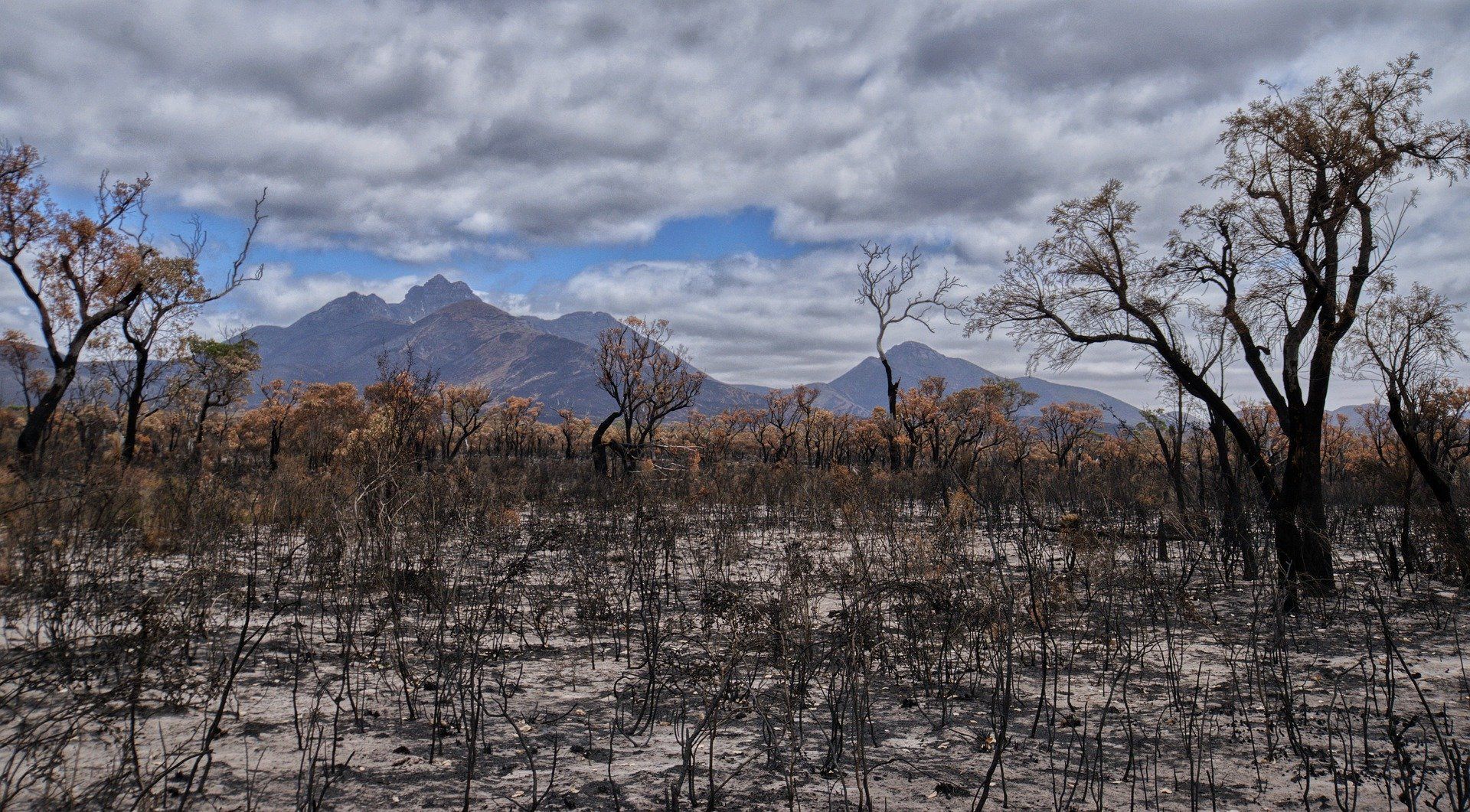1MG FlippingBooks
New bushfire support package adds $650m
Elizabeth Gracie

The Morrison Government has announced a further $650m support package on top of the $2bn pledged earlier this year to further support bushfire affected communities in rural areas and stimulate local economies.
The Regional Bushfire Recovery and Development Program will head the effort to support the delivery of this financial boost, with priority given to regions hit the hardest by the bushfires.
From the $650m, $15m will go towards assisting the forestry industry transport burned logs to timber mills and storage sites, $13m will go towards community wellbeing and participation through the Primary Health Networks, $27m will go towards strengthening telecommunications emergency resilience and $149m will help native species and landscapes recover from the immediate devastation of the bushfires.
Prime Minister Scott Morrison said that “this funding injection comes as the damage from the bushfires has made itself clear in the weeks and months after they passed and regions have been finalising the sorts of projects they want to get underway to build back better”.
The funding will also provide opportunities for an estimated 18,600 families and locally owned businesses in affected areas to get back on their feet quicker with help from the National Bushfire Recovery Agency (NBRA).
Critics of the bushfire recovery response have noted that from the original $2bn allocated, Senate Estimates revealed that only $205m was paid out as of March 2.
The Morrison Government said that the funding will assist in a strong economic recovery for all bushfire affected businesses, regardless of where they are in the recovery process.
“The projects that these funds will support are not one-size-fits-all — they will reflect community needs” said Morrison.
This will include projects and initiatives across building community capacity and wellbeing through a range of agricultural events and educational seminars said Minister for Agriculture, Drought, and Emergency Management David Littleproud.
Littleproud hopes that the recovery will be a locally-led recovery as opposed to a Canberra-led one.
“We are working side by side with families, small business, primary producers and the tourism sector to deliver a well thought out economic recovery as quickly as possible” Littleproud said.
“While we recognise not all communities are at the same point of recovery, some communities are starting to consider long term planning. We are here to support them with opportunities to rebuild”.
Rural communities should know that their government is there to support them through the long recovery process with this added funding said Littleproud.
“These bushfires affected Australia in many ways and we will be dealing with the aftermath for a long time to come, but communities should know that our government will be with them every step of the way”.
NEWS

2025 marks 50 years since TR70 model launched in 1975. Since this time, New Holland has led industry innovation in combine technology with: The first self-leveling cleaning system on a rotary combine in 2002 Breaking the 8-hour wheat harvest world record in 2014 The latest CR10 and CR11 twin rotor combines entering production in 2025















